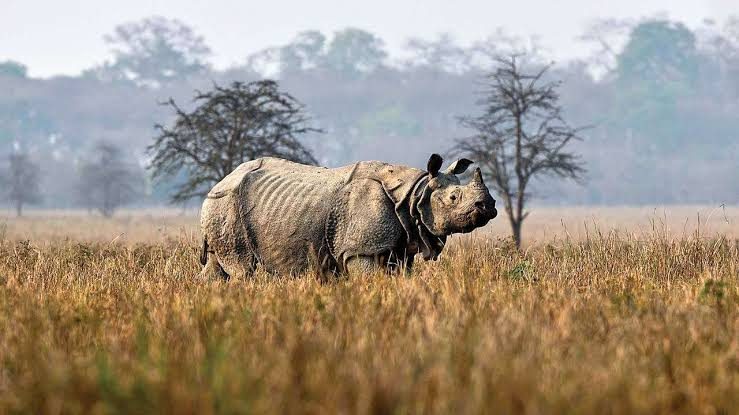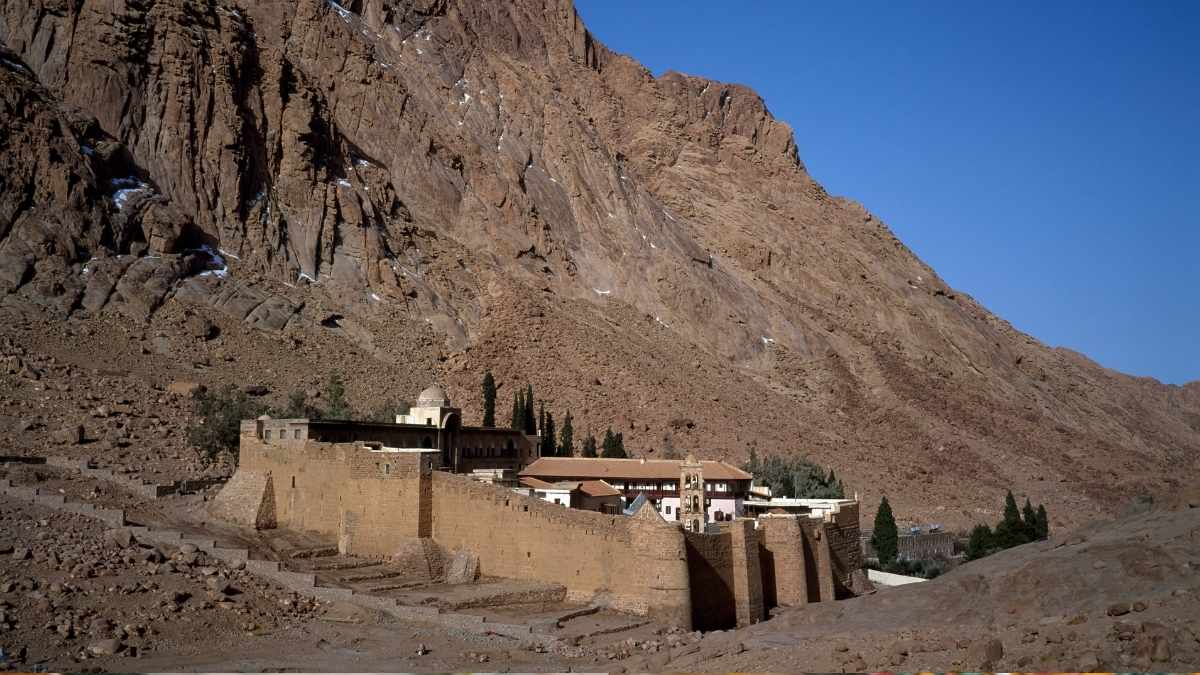When the news of Jharkhand’s only tiger reserve, Palamau cutting down 3.44 lakh trees to build a dam, hit the internet, the collateral damage of biodiversity saddened everyone. But today, we have news that is a true inspiration for state governments in our country. Assam is planning to have the longest flyover in India which will pass through the Kaziranga National Park, in a fantastic move to protect wild animals from being hit by vehicles.

What’s More?
The centre is working out on a plan to contrust a flyover over National Highway 37 37 (NH 37) in a bid to protect the interest of wild animals in the Kaziranga National Park. This flyover will be the longest in India spanning around 35km. It will be divided into 3 segments. The National Highways Authority of India (NHAI) will soon be preparing a detailed project report (DPR), and a sum of ₹600 crores will be used in this project.
The DPR is expected to be completed over the next 2 months. On its completion, the processing tenders will commence on which the project will begin. Assam Forest Minister Parimal Suklabaidya spoke to a reputed news agency, that the NH-37 being a significant animal corridor for small and big animals like rhinos and elephants, is one of the main reasons behind the construction of this flyover. This flyover might be the longest in India, but it is definitely a noble cause as its main reason is to protect the animals from being hit by vehicles while crossing the highway.

Further putting a light on this matter, the director of Kaziranga National Park P Sivakumar, stated that the Wildlife Institute of India recently prepared the alignment of the flyover, where its first segment would be the lengthiest at 18km. This multi-purpose flyover will be open for vehicular traffic on its completion by people who don’t want to visit Kaziranga National Park. And the existing highway will be used by people who wish to visit the resorts and Kaziranga Park. What can we say, this spectacular move by the Assam government should act like a lesson for all state governments to protect their biodiversity and wildlife, under all costs. After all, it truly is the need of the hour.
First Published: September 30, 2019 6:05 PM



